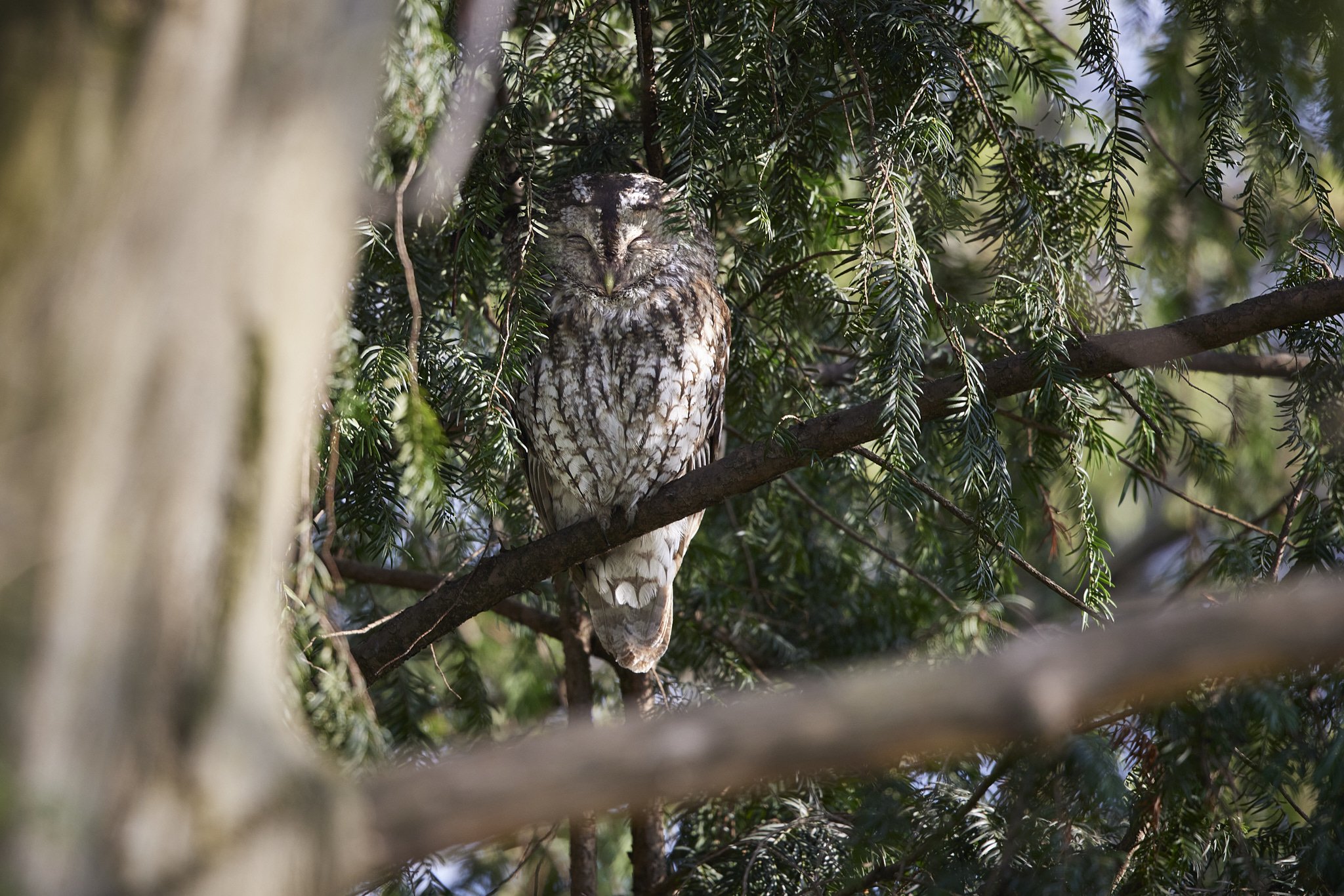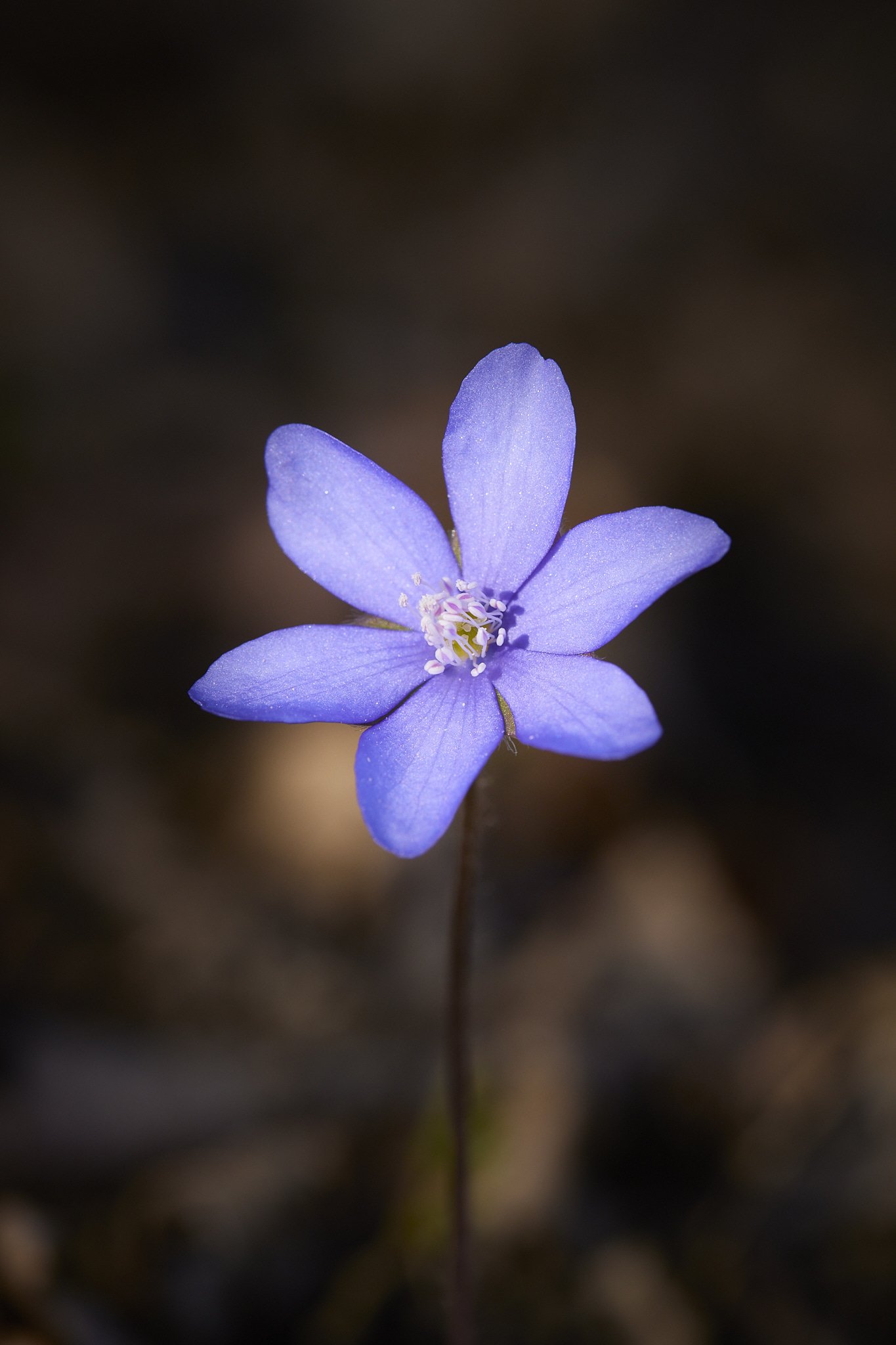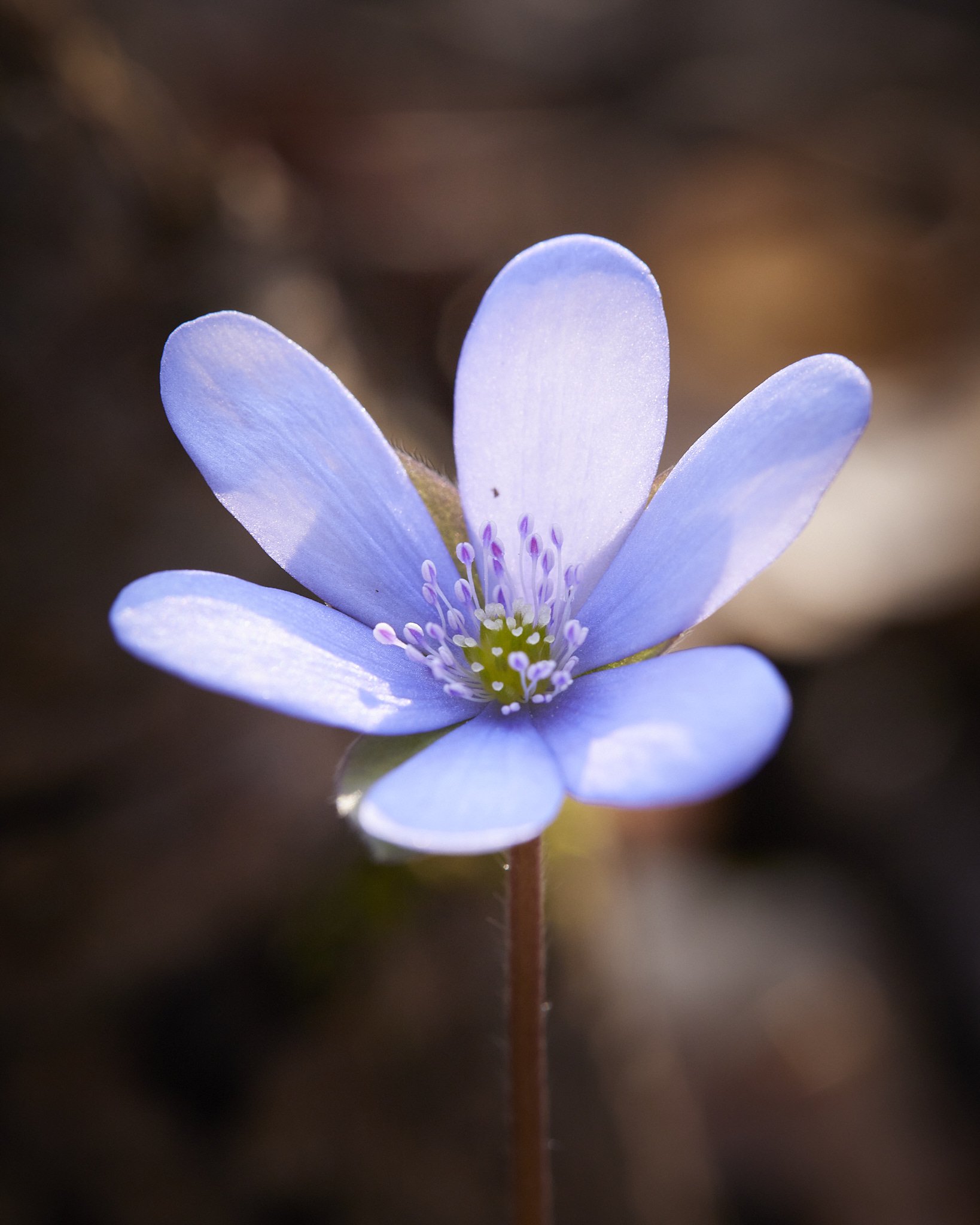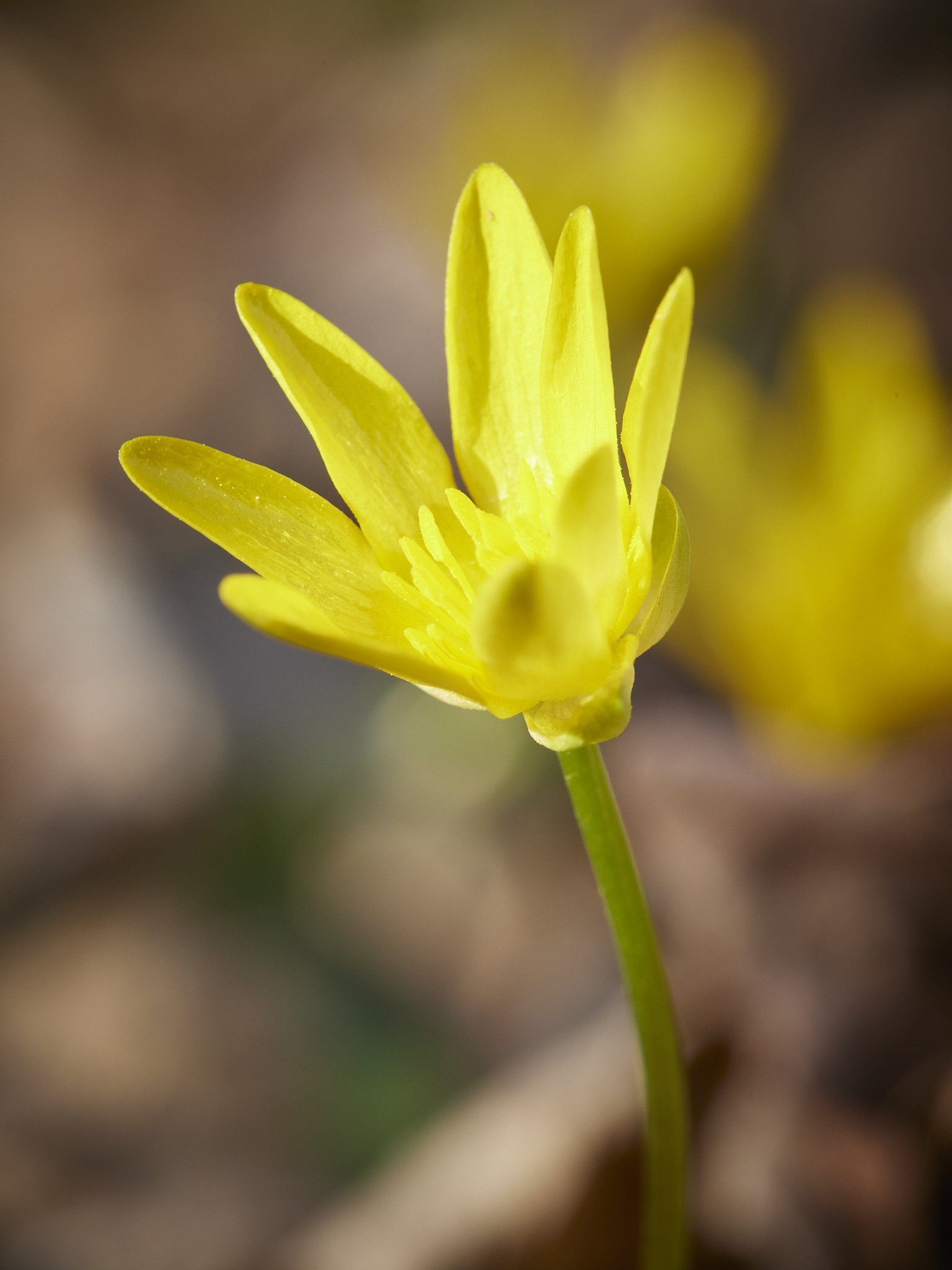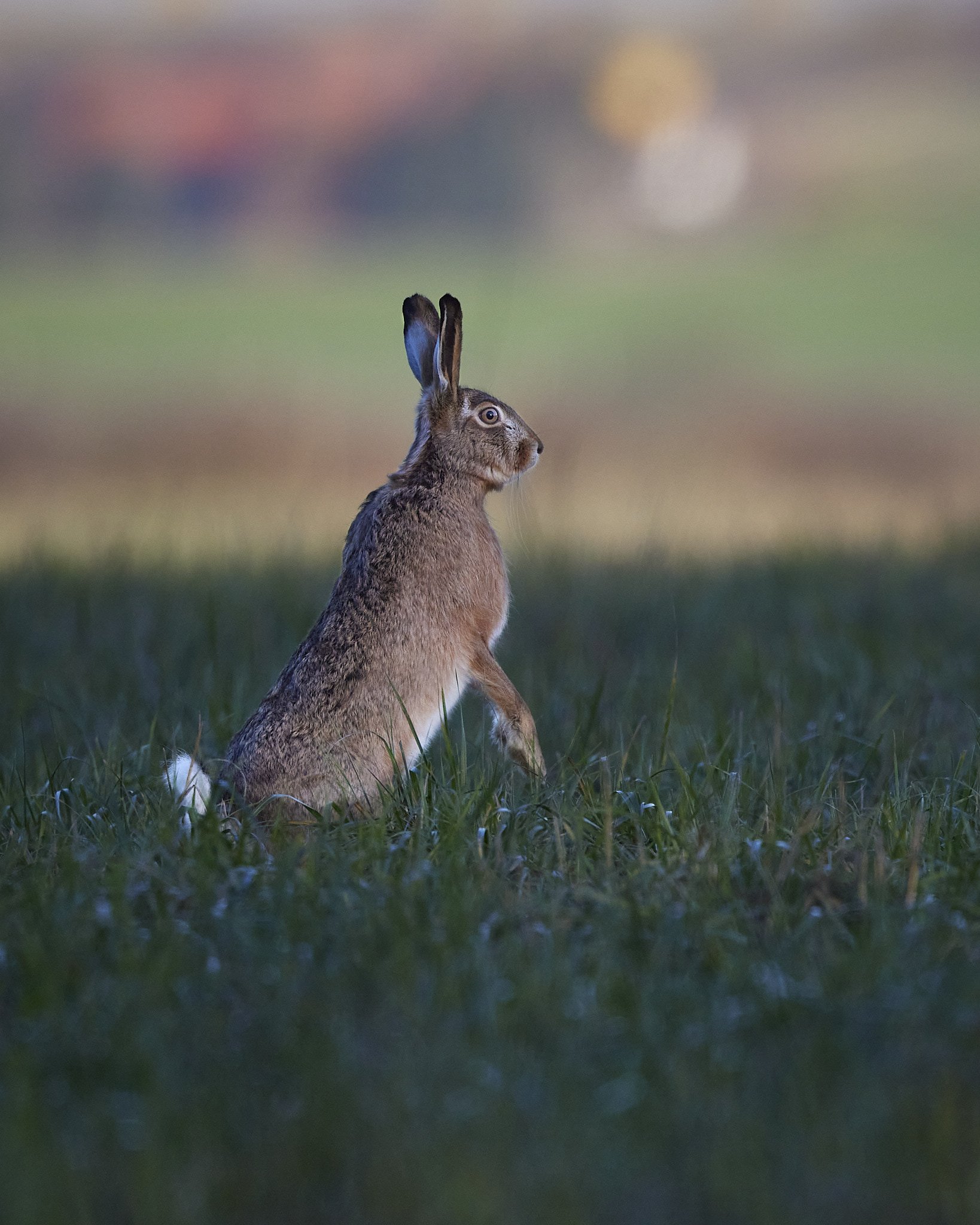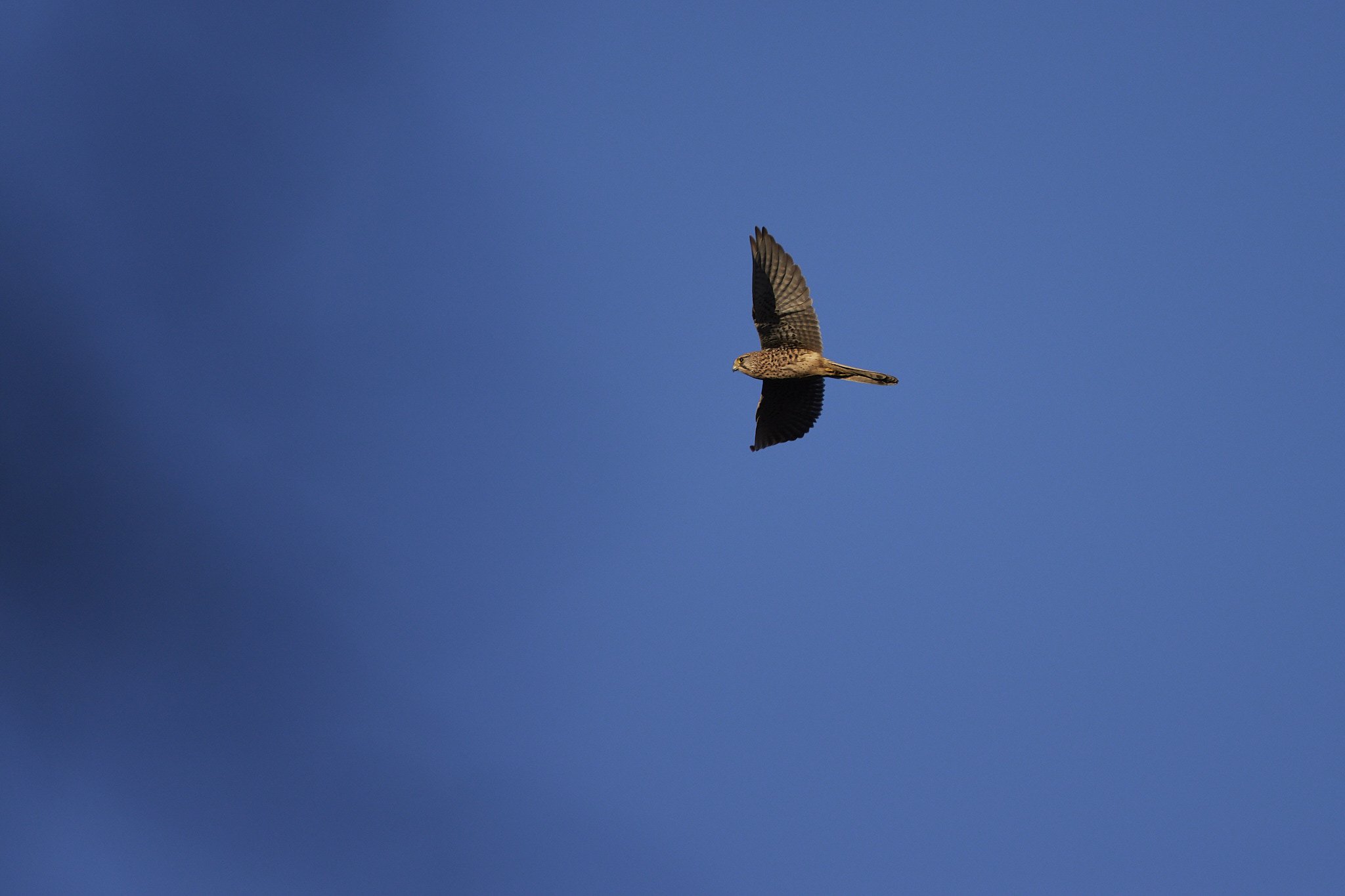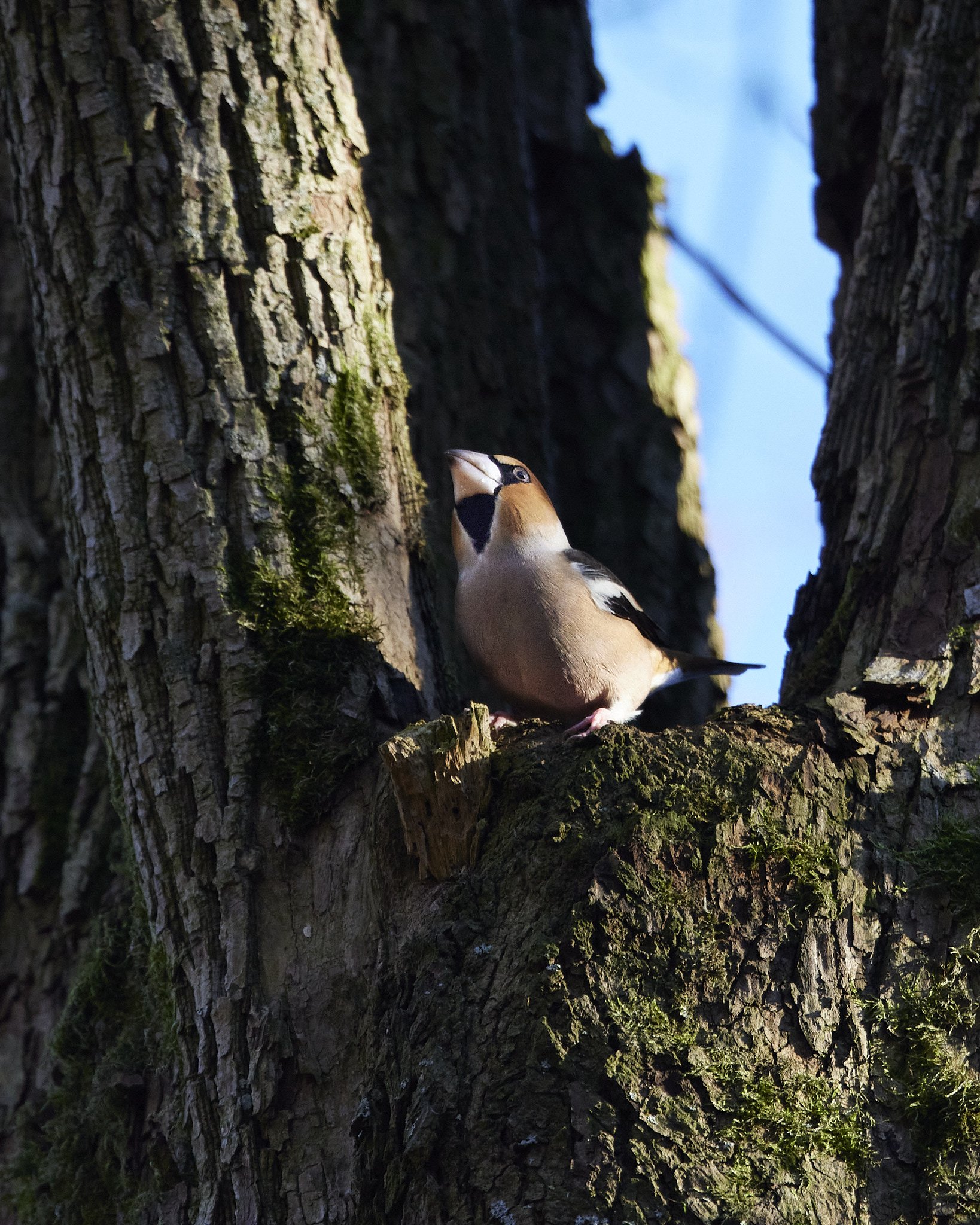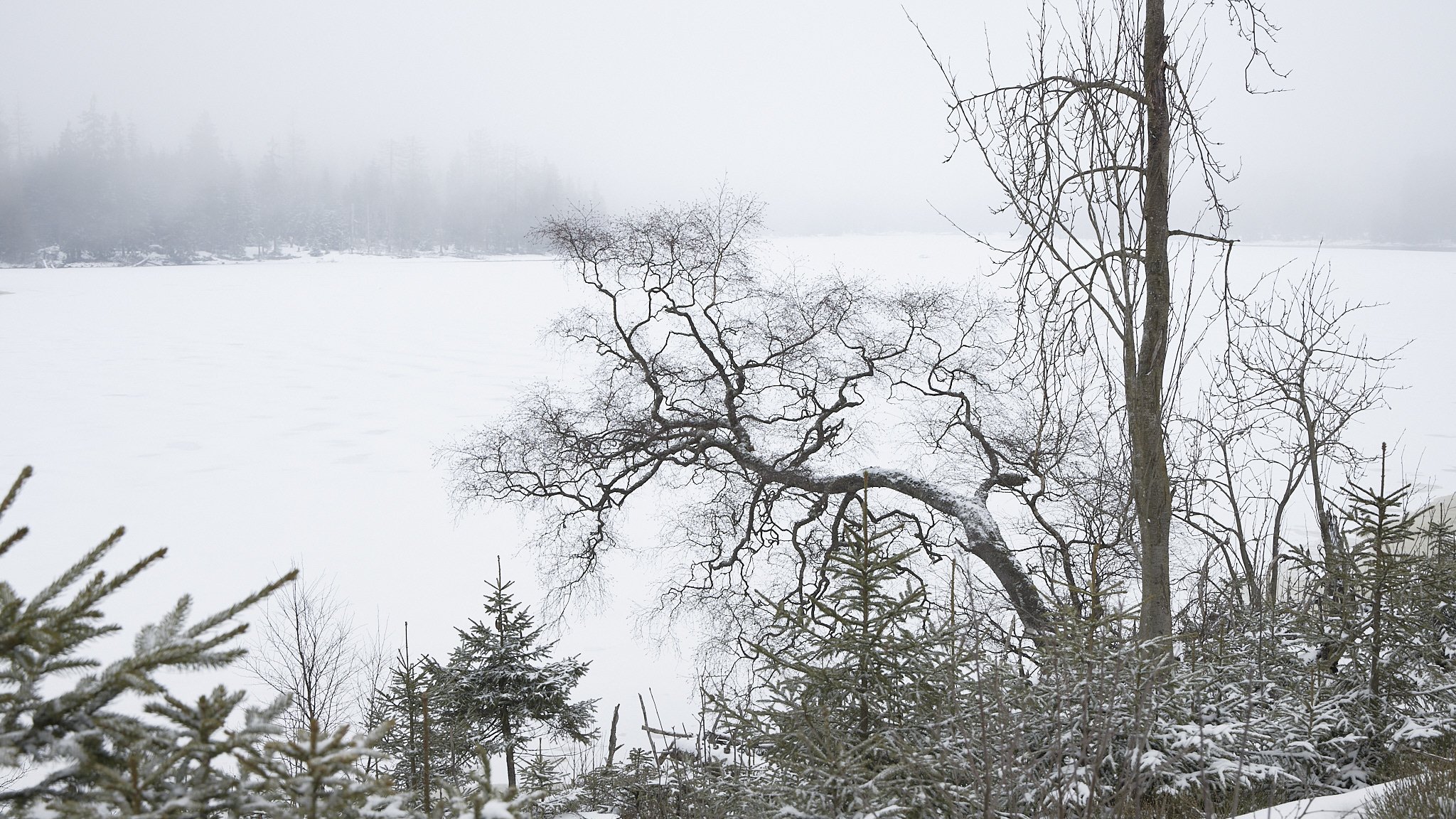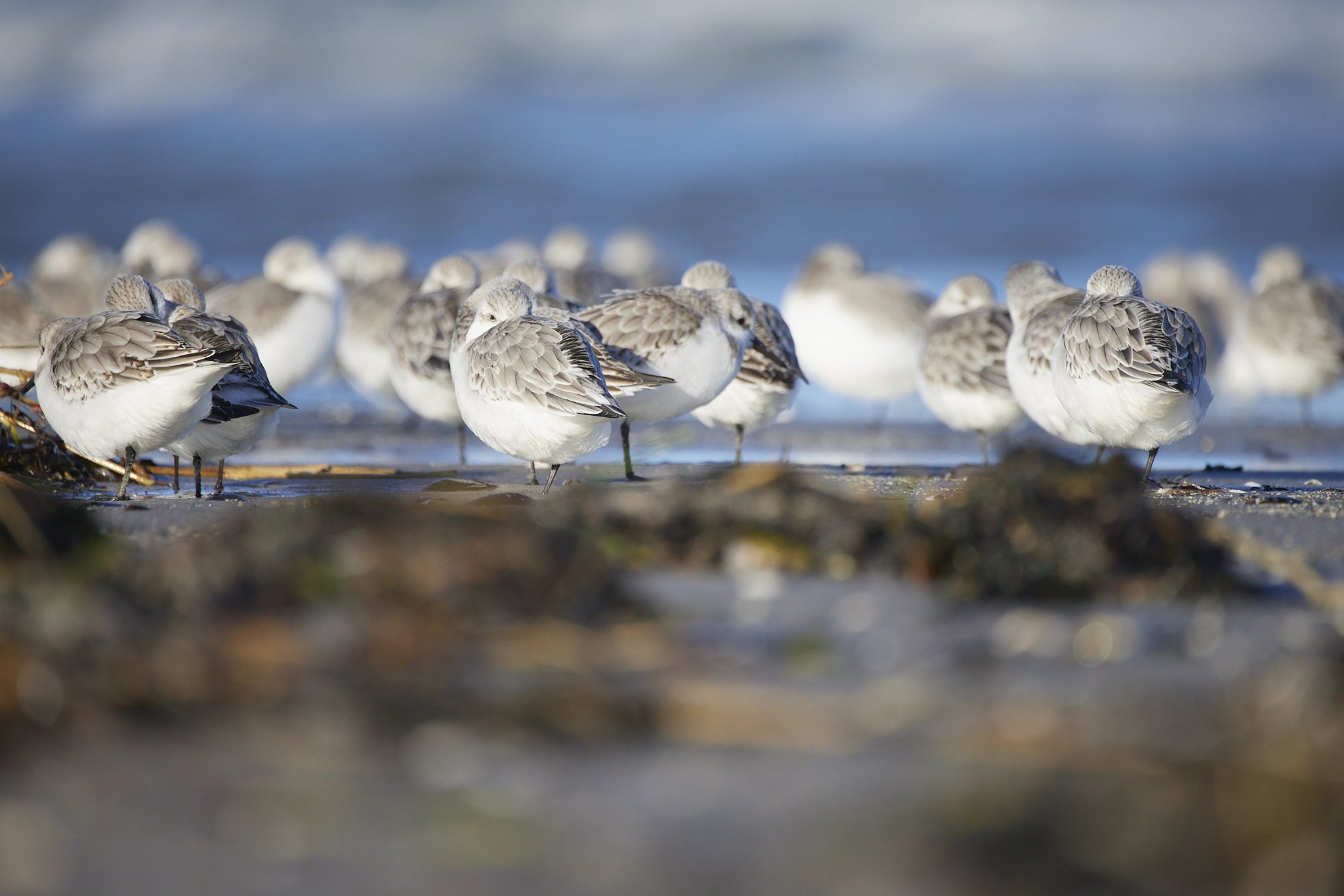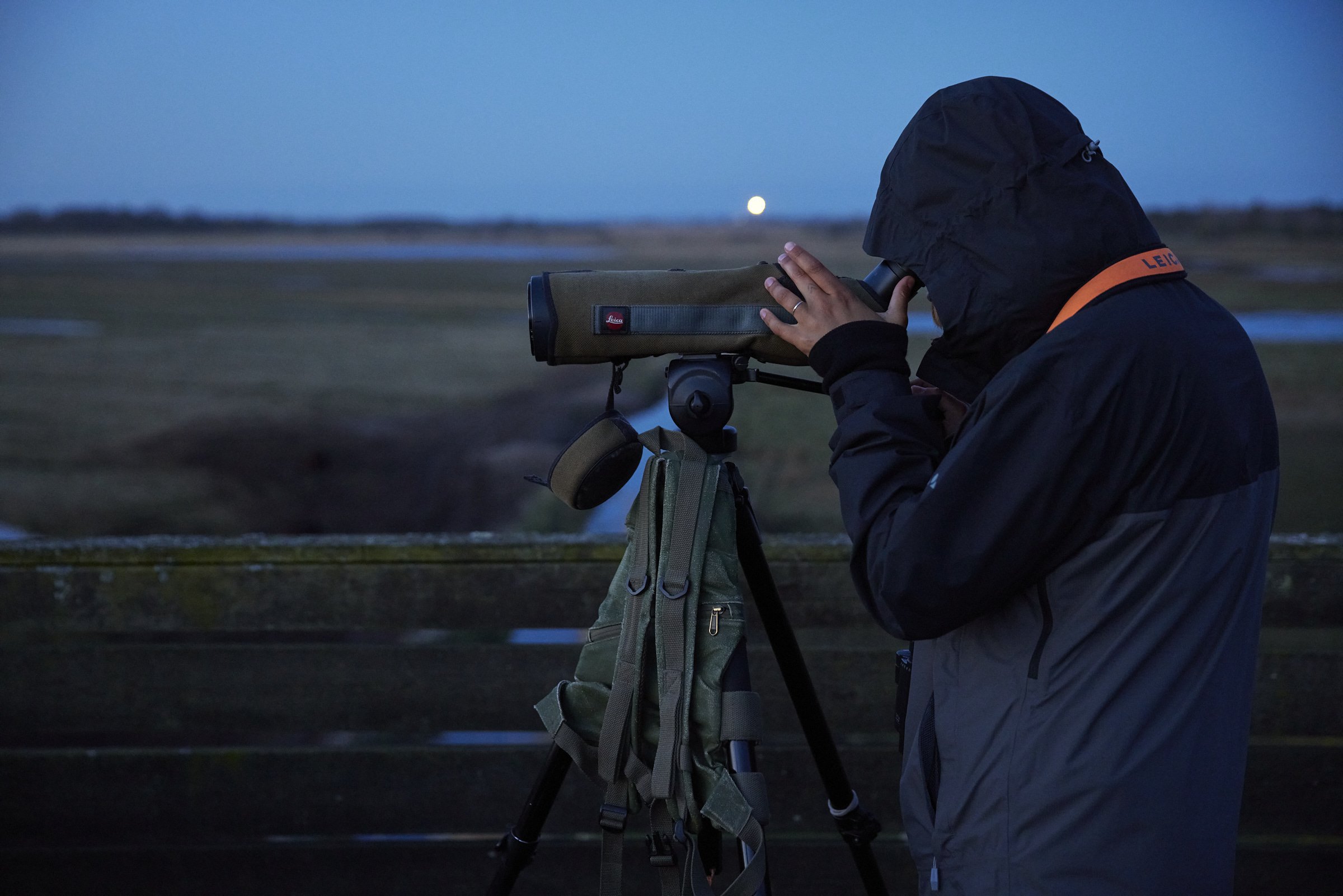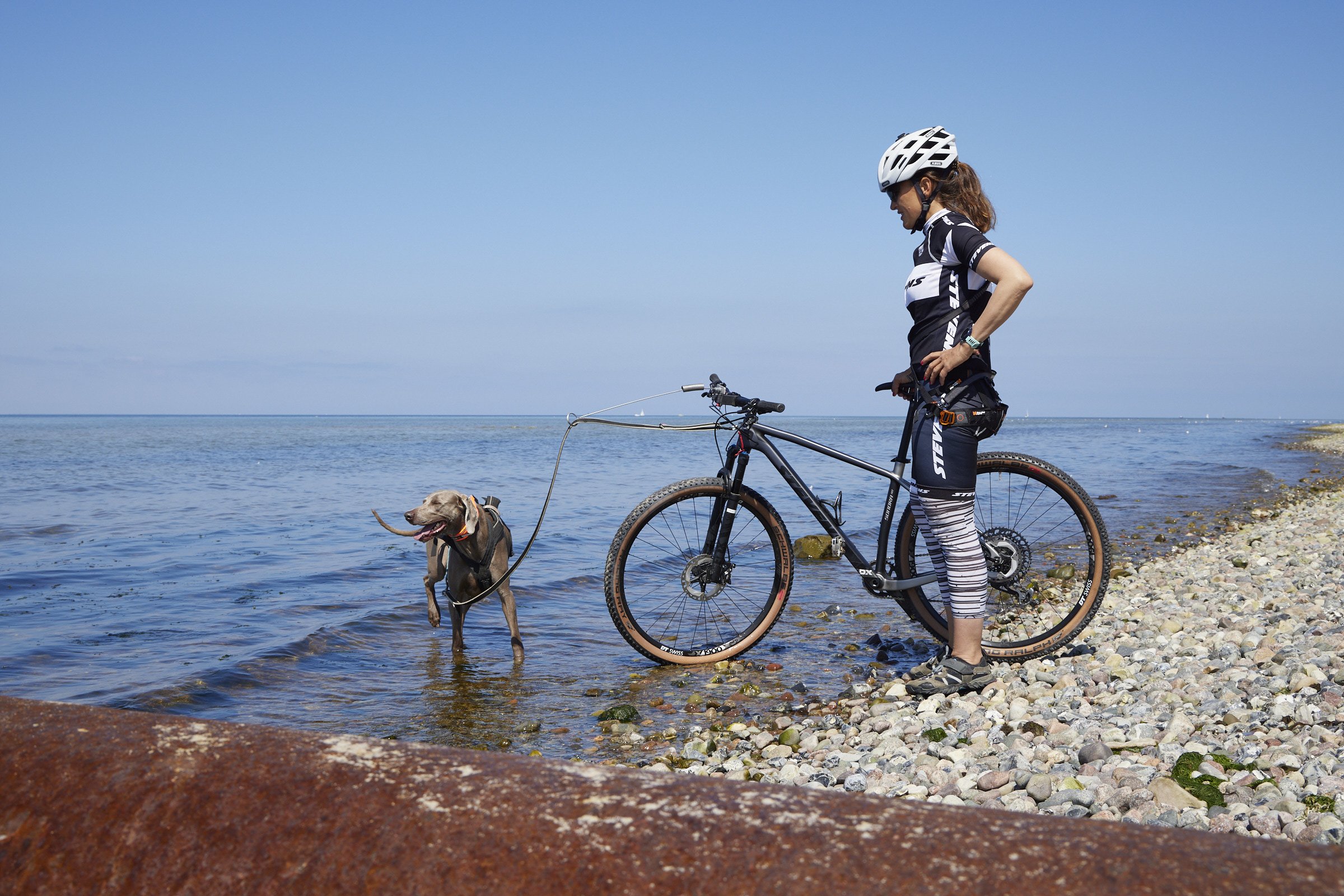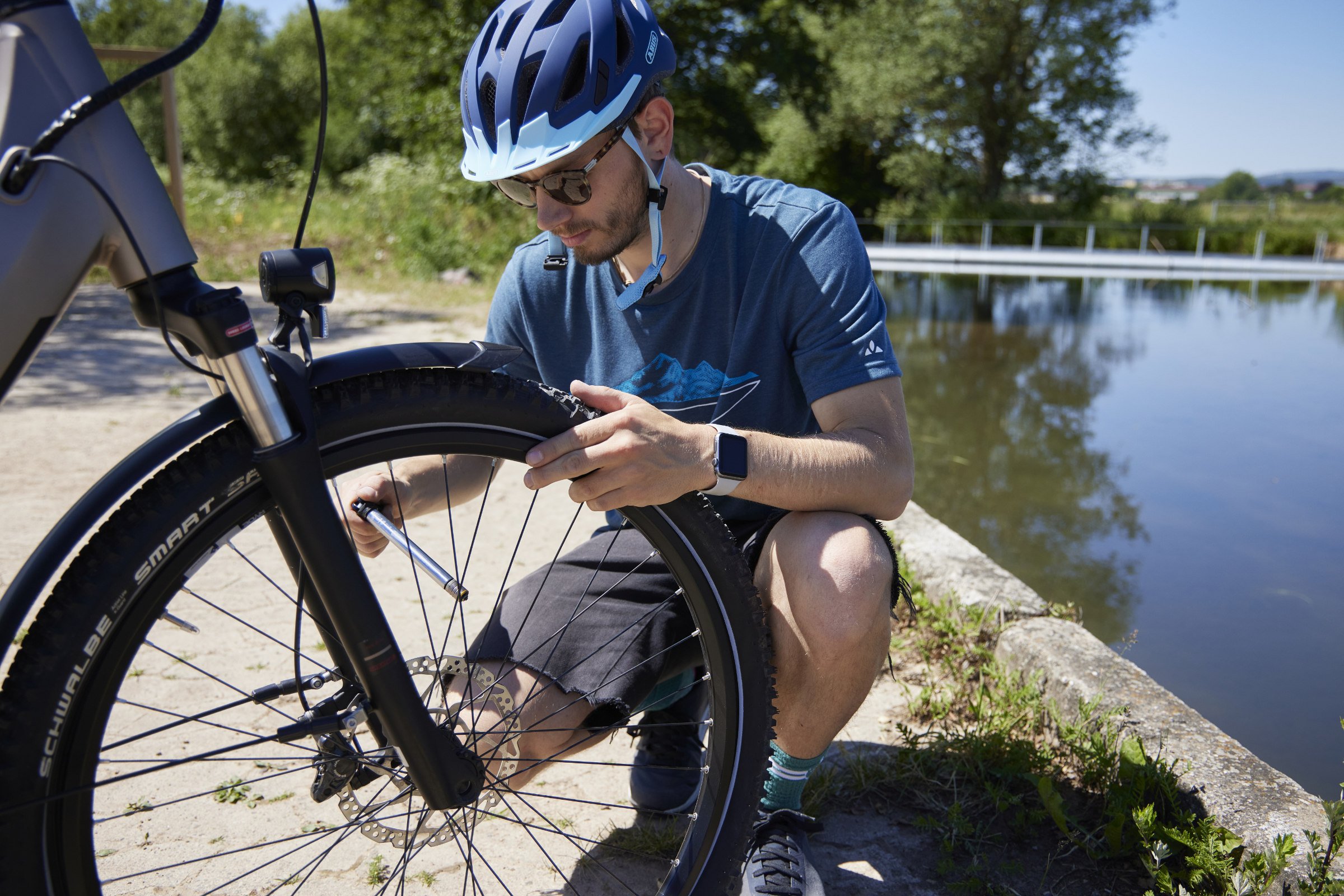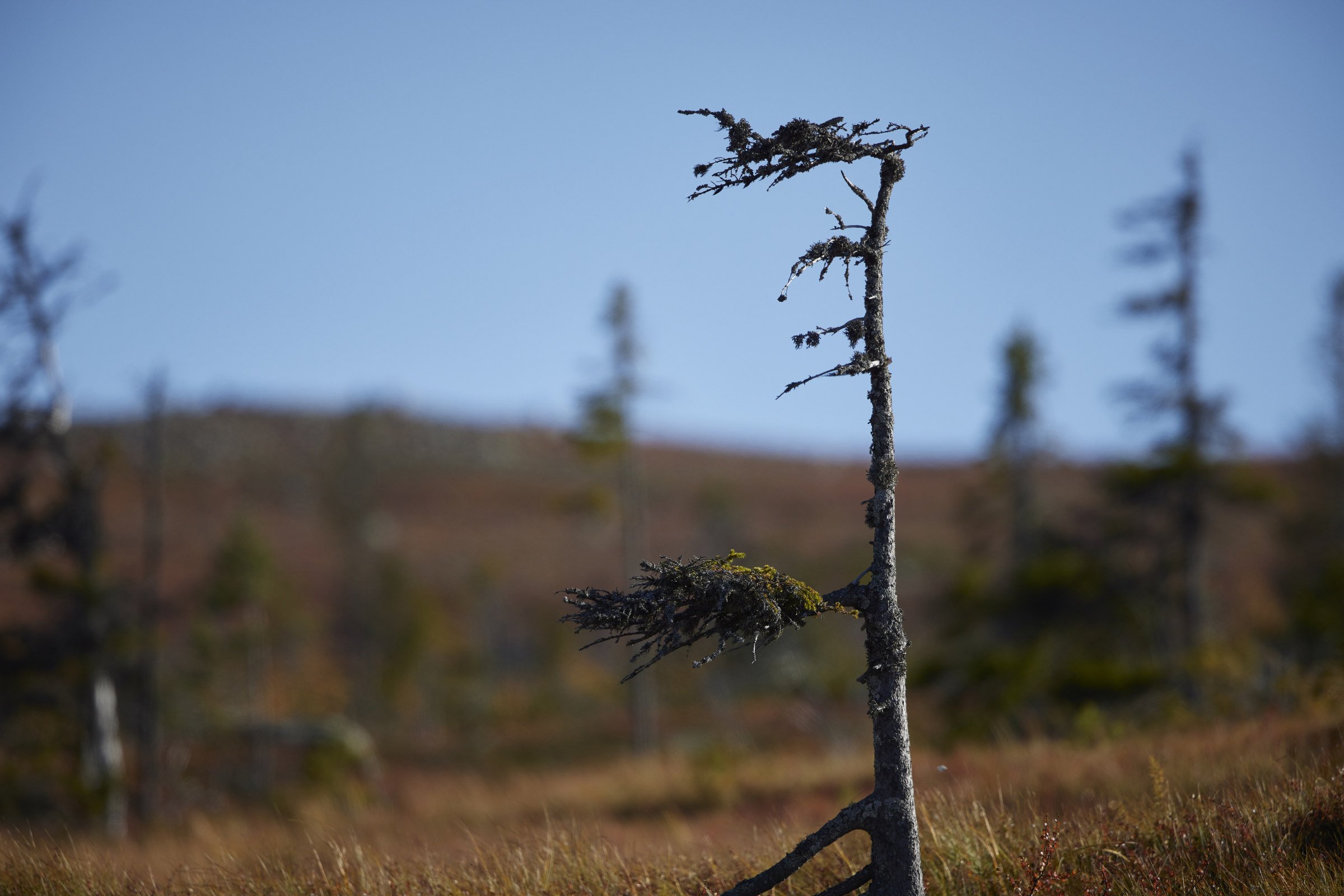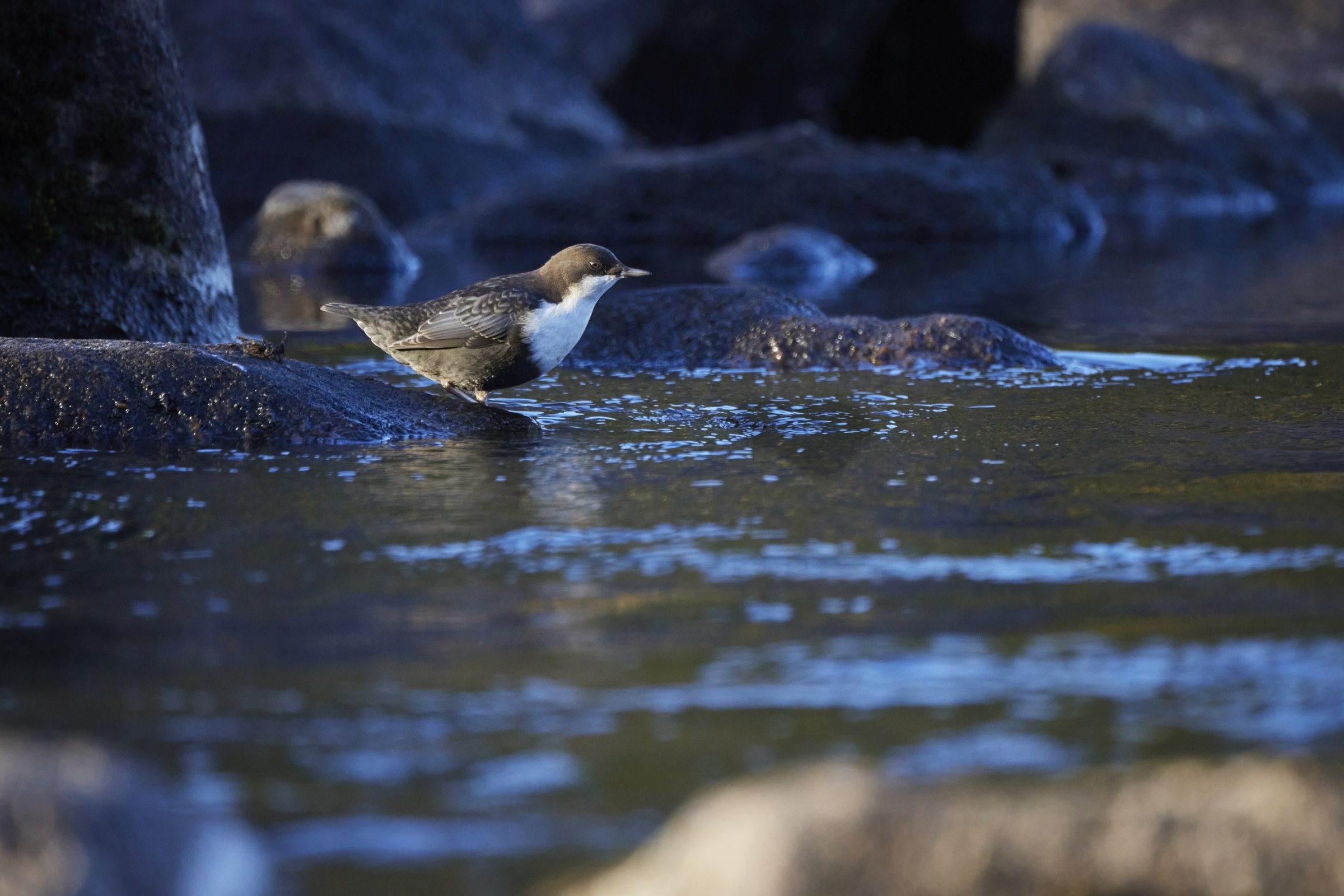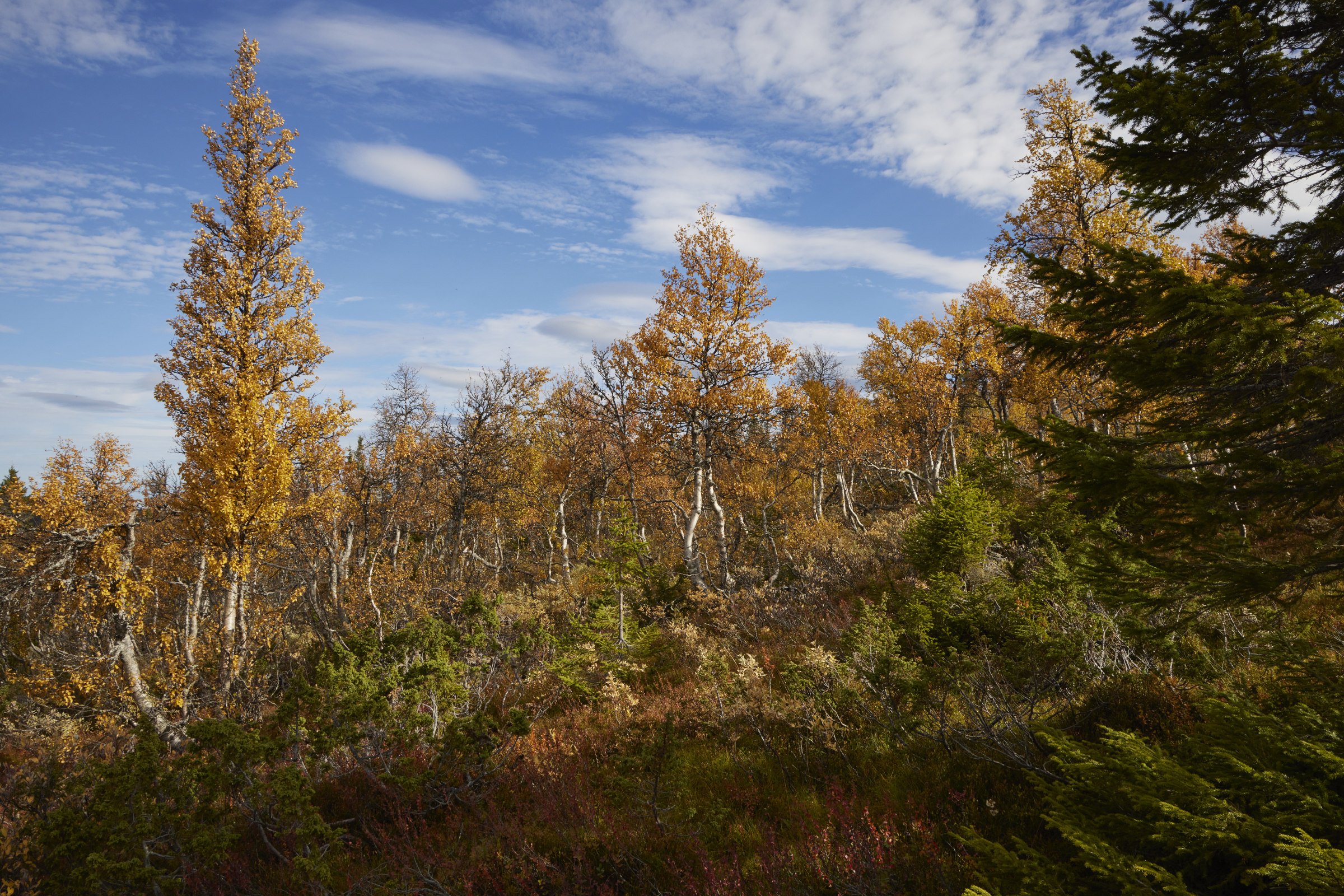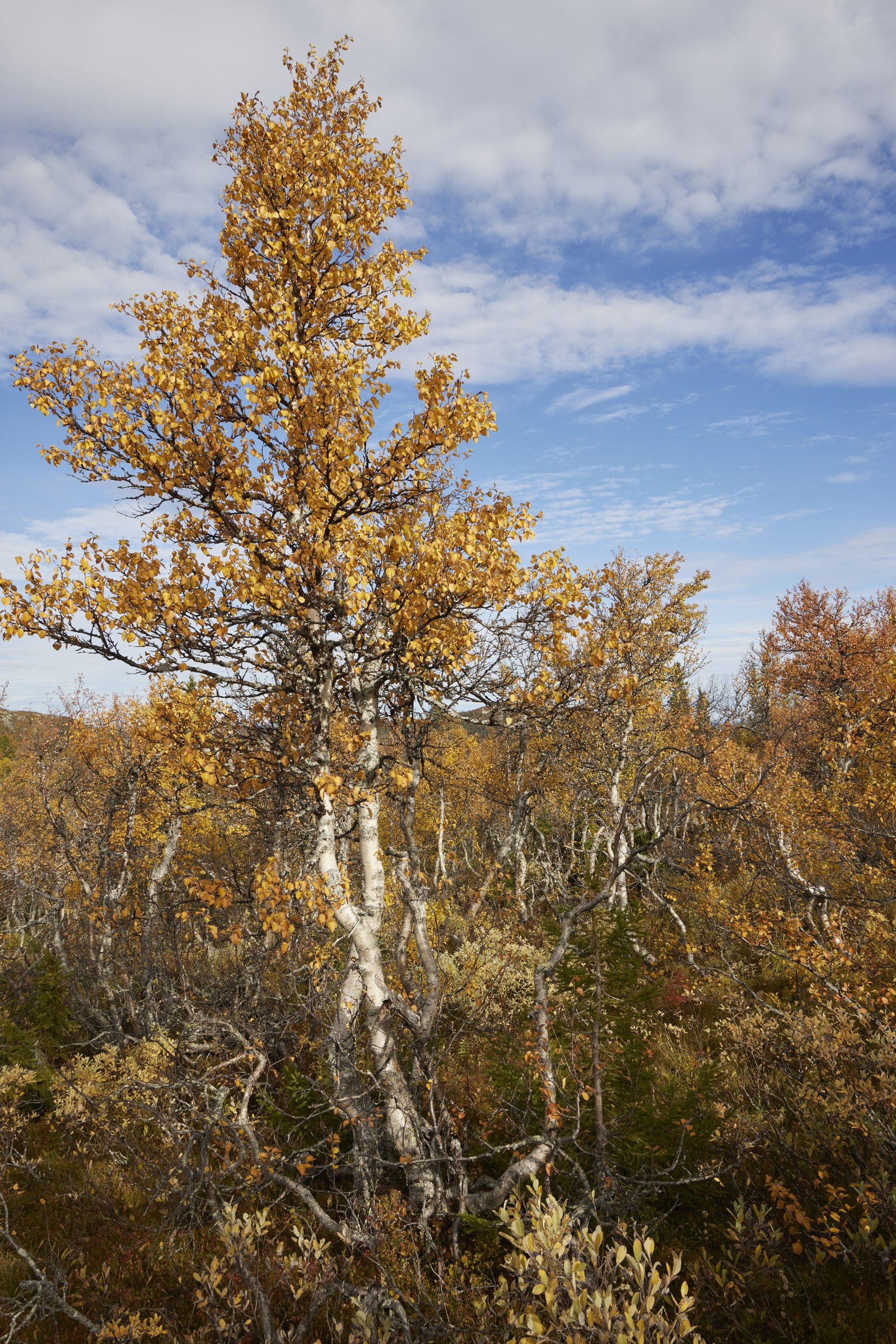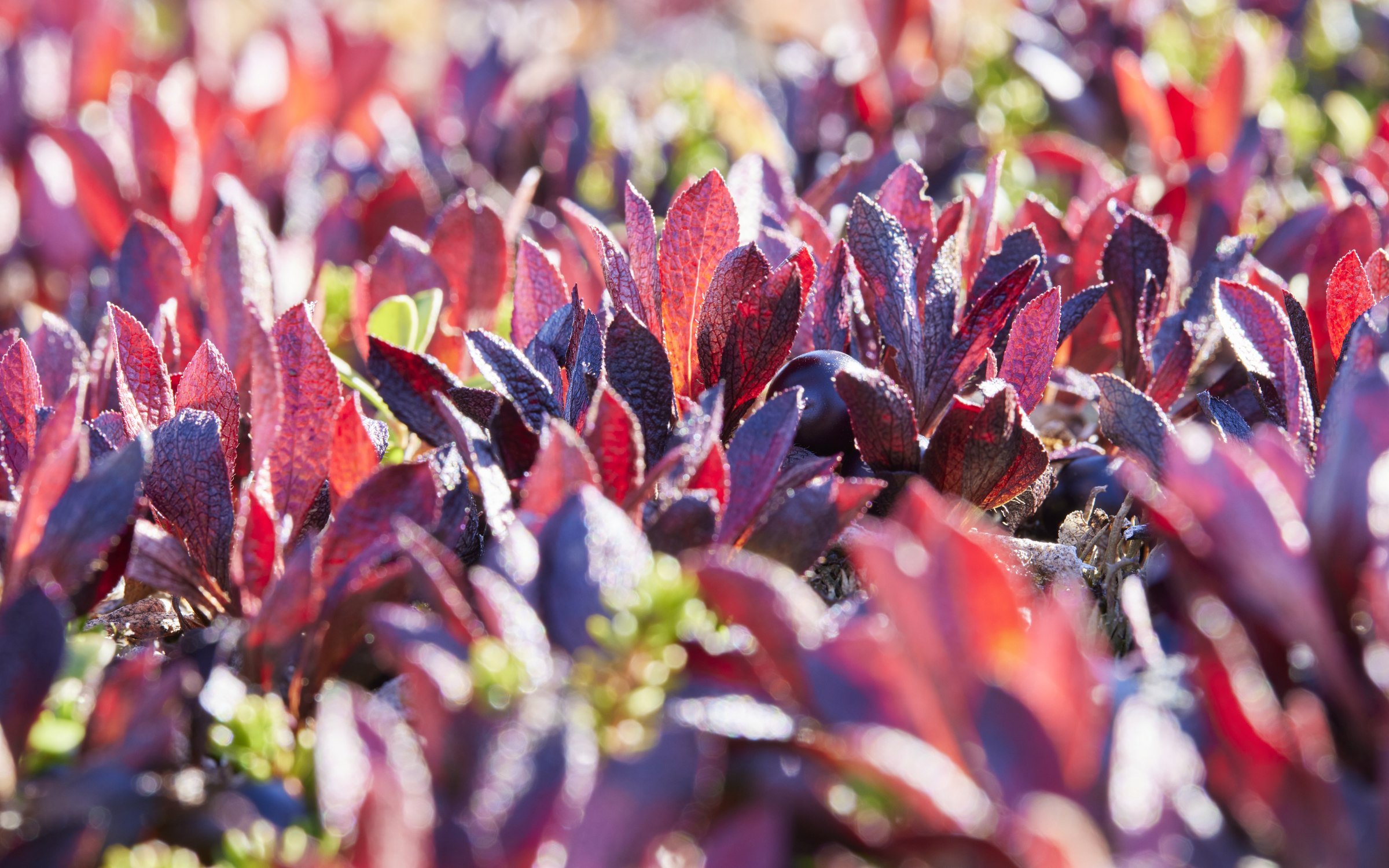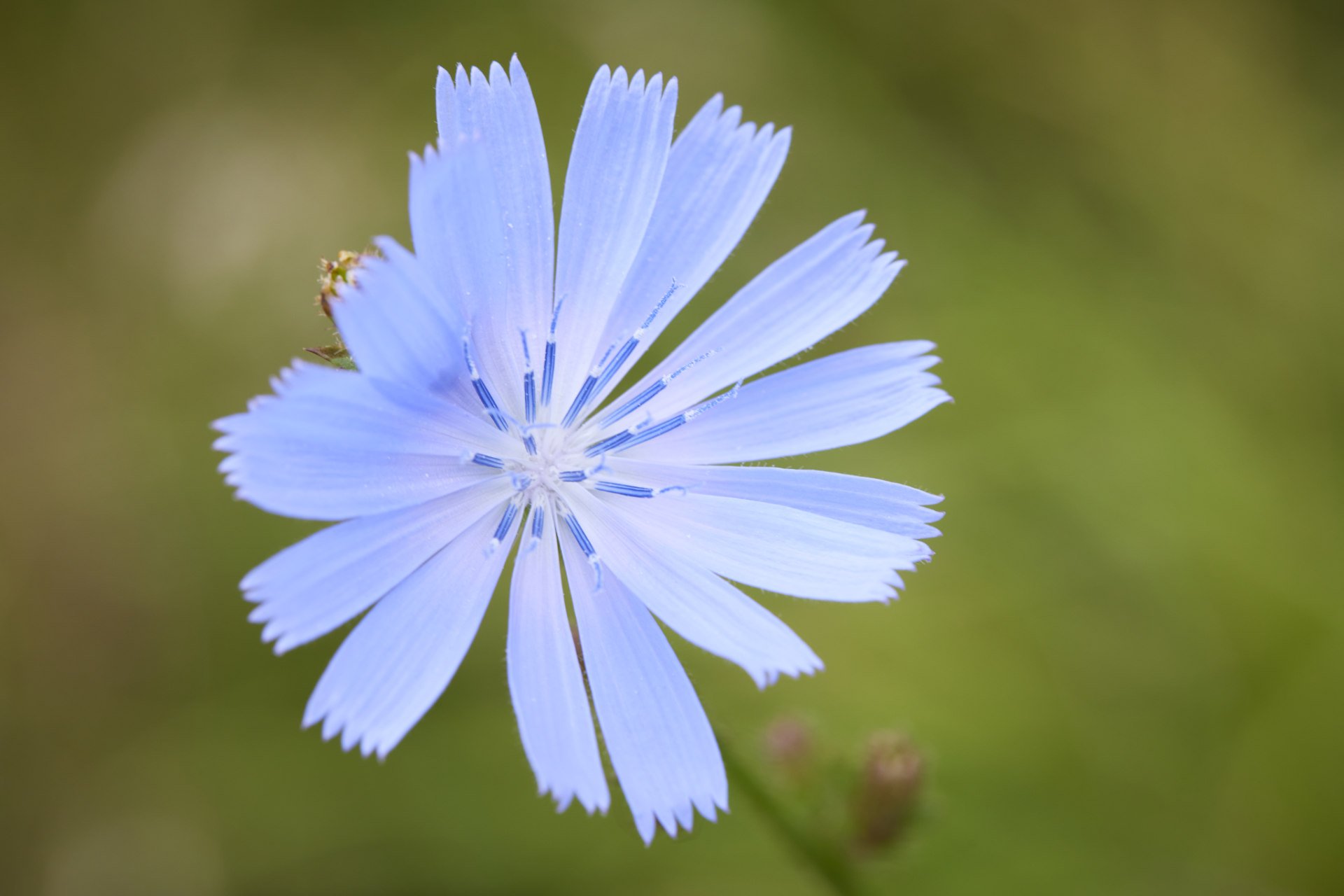Next day, a storm rolled in. It was already freezing when I came, now it was raining cats and dogs, lightning and thunder. I decided to wait this storm out. It should only be a day and I found a nice campsite (Magalupe camping. Highly recommended!). I called my love again and we shared our thoughts. I really did not want to be part of this. But the very moment I would post my images, I would be. We settled on a reassuring wait and see. At least I wanted to visit “my herd” again. It was much more remote and far down into the area. Maybe this was a singular experience.
The weather forecast was fine. So I visited “my herd” again. I took the same approach. I positioned myself so that when the herd would come down the valley, it would have the chance to approach me or avoid me at own will. It did not approach me. I took some environmental shots, made lunch and waited.
Two hours later, a guide lead a group of four to the spot. They did alright, left the muskoxen be, pitched there tents, talking audibly, buzzing for excitement. A Friday. Weekend with the finest of fall weather to come. I decided to leave. I did not want to stay here with ten or 20 other photographers like in a zoo. A friend of mine has a mountain hut some hours drive away. Her and her family were there for the weekend. We wanted to do a hike together anyways. We could as well do it over there.
Like life in a zoo
On my way back to the car, I saw seven tents already pitched. Maybe they weren’t photographers at all, just regular locals or tourists like myself looking after some friluftsliv. Perfectly fine, but not for me. Not this time. I had all this preconceptions. Out alone in the wild. Like it has been so often in Norway or Sweden. But the muskoxen are superstars. They attract visitors from near and far. This part of the Dovrefjell national park is definitely not your typical bit of Scandinavian escapism.
I met the guide I had seen earlier. A very friendly, heart-warming, responsible guy. We had a good chat over a cup of coffee from our thermos. He would bring another group in later this evening, he said, and another three groups tomorrow. The autumnal season peak. Everyone wanted to see or photograph the stunning animals from primeval times now. I do not begrudge him his job. He has to make a living there. In another place and another time, I might have even dreamed of this job myself. At least he would instruct all other visitors to be responsible. All good. But I could not help, but feel like I was in a zoo.

